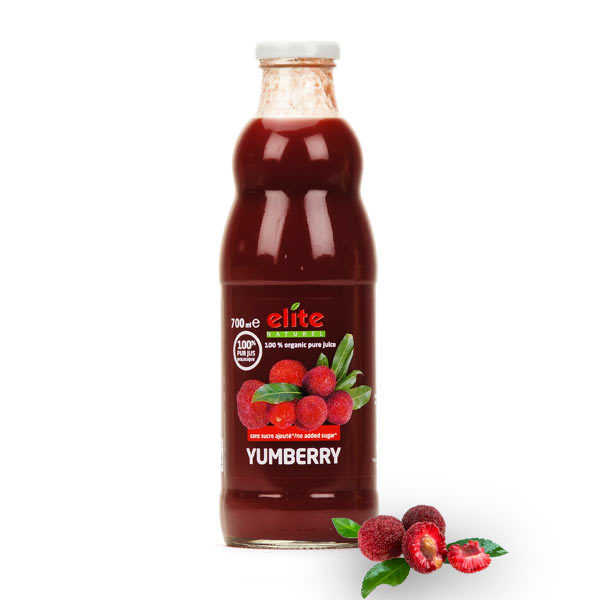Dr Chiranjit Parmar
It’s the season of Kaphal fruit. It is being sold in all towns across the state and one can get 50 gram of Kaphal for anywhere between Rs 5 and Rs 10. According to rough estimates, 40 tonnes of the fruits worth Rs 20 lakh are sold only in Mandi during the season. The total sale of this wild fruit is estimated to be worth over Rs 50 lakh in different towns of Mandi and Hamirpur districts.
The entire crop comes from wild plants growing in forests. It is never grown in any orchard or homeyard.
Kaphal (Myrica esculenta) trees grow throughout the mid-Himalayan region at altitudes ranging between 1,300 and 2,100 metres. It is a small to medium-sized evergreen tree, which flowers during March. The ripening starts in the last week of April and continues till the middle of June. Each tree bears 12 to 15 kg of fruit.
Scope for domestication
A popular fruit like kaphal, which already has such a big market, certainly has potential for being developed as a cultivated fruit. Orchardists always require new crops in the view of the changes in profitability in existing crops. Secondly, kaphal trees grow only in forests, but its area is shrinking. Therefore, natural population of this popular as well as commercially important fruit tree is also declining. Though the Forest Department is growing new plants in some of their nurseries, no project has been started on large-scale planting of kaphal trees or to promote this wild fruit as a new commercial fruit crop. In fact, this work should be assigned to the Department of Horticulture.
Limiting factors
Kaphal seeds are not very user friendly. Their germination is slow and less. The post germination growth is also slow. So, new plants are not easily available. Kaphal fruits have a short shelf life and start rotting after three days. But this problem can be overcome by processing it.
Kaphal from China
There is also a close relative of kaphal (myrica esculenta). It is myrica rubra. Its tree is much larger than kaphal and fruits are also slightly bigger. It starts growing in South East Asia. It is said to be cultivated in China and they have commercially promoted it under fancy names such as Yumberry and Bayberry. A bottled beverage made from the juice of this fruit is sold in New York at the price ranging between 70 cents to $1.
(The writer is a Mandi-based fruit scientist)
Kaphal fruits
Though fruits contain a hard seed, the pulp is a pleasant blend of sweet and sour. The juice of the fruit is deep red in colour and is refreshing.
Nutritive value
Kaphal juice contains 19.5 per cent soluble solids, 3.7 per cent is acidic, 12.6 per cent sugar and 4.1 mg/100 g vitamin C. The fruit pulp contains 0.387 per cent minerals, 0.97 per cent protein, 0.007 per cent phosphorus, 0.194 per cent potassium, 0.039 per cent calcium, 0.013 per cent magnesium and 0.004 per cent iron, too.
Medicinal uses
Kaphal is an old Indian fruit mentioned as katphala in Ayurveda. Several useful medicinal properties have been ascribed to it. The bark of this tree is reported to be useful in vata and kapha disorders, fever, asthma, urinary discharges, piles, bronchitis, throat complaints, tumours, anaemia, chronic dysentery, ulcers etc.
Kaphal orchard at IIT, Mandi
- Despite being an engineering institution, IIT, Mandi, has taken the initiative of growing this wild fruit.
- Under its programme of building a collection of local useful plants, it has planted a botanical garden on its campus at Kamand.
- This garden has an exclusive block of local wild growing fruits and edible plants. There is a micro orchard of 12 kaphal trees.
- The trees are four years old and have not started bearing fruits. This is the first orchard of kaphal.
Unlock Exclusive Insights with The Tribune Premium
Take your experience further with Premium access.
Thought-provoking Opinions, Expert Analysis, In-depth Insights and other Member Only Benefits
Already a Member? Sign In Now










